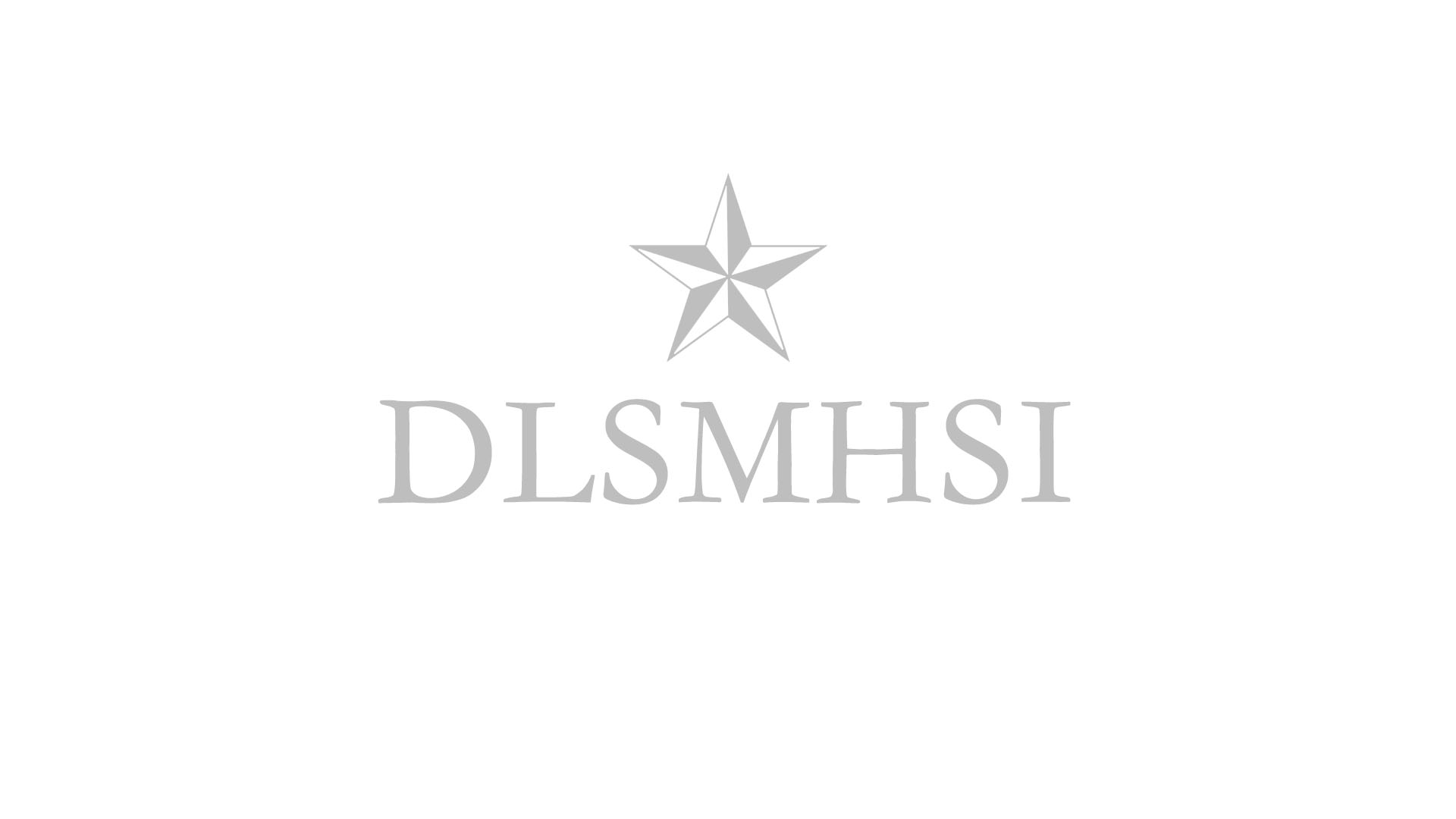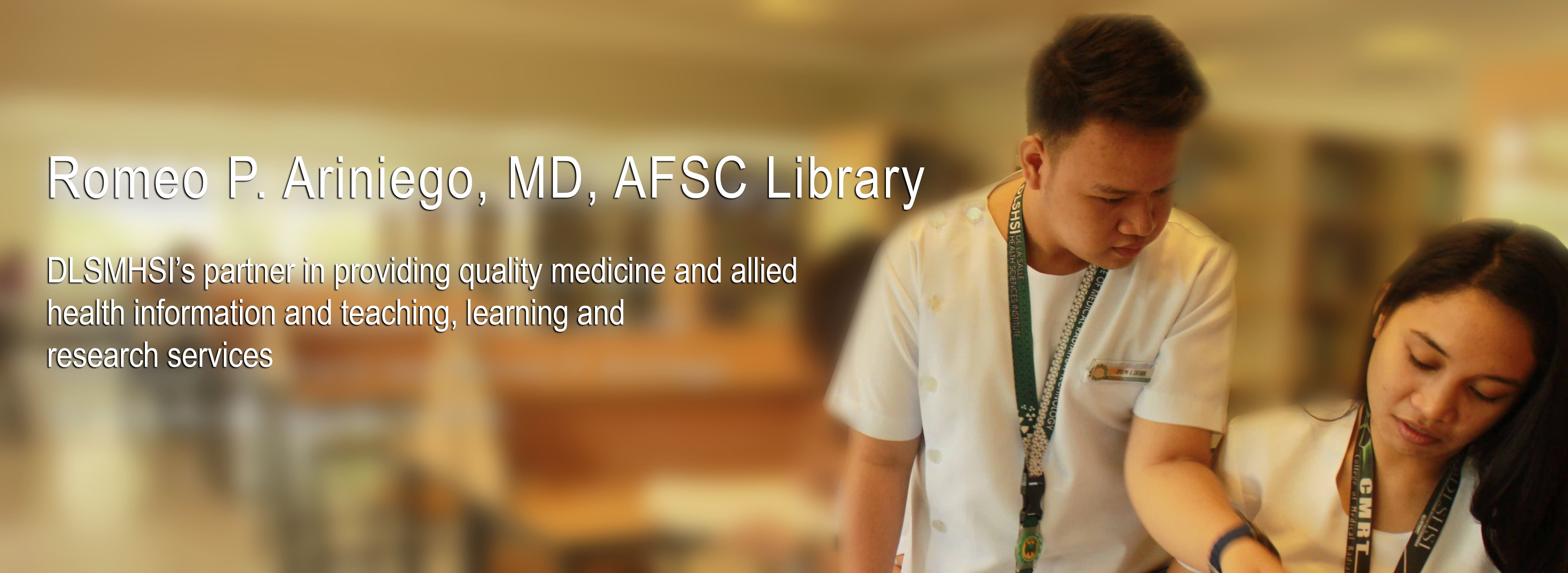
College of Nursing
When the General Emilio Aguinaldo College (GEAC) Cavite was established on July 18, 1977, the College of Nursing and Midwifery was one of the colleges under the Division of Health Sciences. This division then, was initially comprised of six faculty members with one Dean for nursing and a Principal for midwifery. The first graduates of the General Nursing (GN) Curriculum comprising of four sections marched their way to success in 1979. In 1981, two sections of the BSN Curriculum received their diploma for the BSN degree. It was 1983 when the leadership of the nursing and midwifery courses were merged into one, with the Dean of the College of Nursing functioning also as the Principal of Midwifery.
The College of Nursing was running smoothly having good nursing educators until dramatic changes occurred with the transfer of management and ownership to Frere (Saint) Benilde Romancon Educational Foundation in 1987. Since it became a Catholic institution, the College was headed by a Catholic nun and it envisioned to mold the students the Catholic way. Although students belonging to varied religious sects were also accepted in the program, they have to conform to the demands of a catholic institution. Hence, the vision – to develop competent, committed, compassionate and Christian nurses.
With the prestige attached to the new name De La Salle University-Emilio Aguinaldo College (DLSU-EAC), the enrolment increased in time with the demands of nurses abroad during the start of the 1990s. It kept increasing yearly. To keep with the tradition of excellence, qualifying exams were given and students were screened from the initial eight sections in the first year until a handful four sections made it until graduation. Likewise, the number of faculty members had greatly increased to meet the demands of the increasing number of students. In order to be updated in terms of knowledge, skills and attitude, these faculty members enthusiastically pursued graduate studies in the next few years. The university leadership was transferred from one administrator to another.
The name, too, has been amended from DLSU-EAC to DLSU-Aguinaldo until finally the university assumed the name DLSU-Dasmariñas. In 1997, the then President, Br. Andrew Gonzalers, planned on concentrating the health sciences related courses in one campus. They selected DLSUMC to be the campus for the health sciences. The College of Physical Therapy first transferred to the College of Medicine. Consequently, the campus was renamed De La Salle Health Sciences Campus (DLSHSC), and then to De La Salle Health Sciences Institute (DLSHSI). And in 2000, the College of Nursing and School of Midwifery (CNSM) and the College of Radiologic Technology eventually joined the Health Sciences Campus.
The College of Nursing and School of Midwifery had also been a witness to the ups and downs of the nursing profession. The end of the 1990s has brought closure to some nursing schools but DLSHSI CNSM has been able to maintain at least one section of students who have surpassed the battery tests given and the challenges posed. In other words, it has stood firm and strong with the ideals of the nursing profession. However, in 2010, due to the decline in the number of midwifery students, the School of Midwifery eventually closed, thus, the name College of Nursing (CN) was the one retained.
Through the years, the College has maintained its high standard of nursing education as evidenced by the results of the Philippine Nurses Licensure Examination (PNLE). In 1998, the college has been recognized as the 6th top performing school by the Professional Regulations Commission (PRC). One of the graduates of batch 2016 successfully made it to number 1 in the Philippine Nurse Licensure Examination (PNLE). As the years passed, the DLSMHSI College of Nursing continues to give pride to the institution by consistently being included in the list of top performing schools and having students topping the PNLE. In the recently concluded PNLE 2019, the College ranked 1st among the top performing schools with the 100% passing rate of the graduates.
With the increasing job opportunities here and abroad, the College is now preparing to meet the demands of increasing enrolment, while maintaining its tradition of excellence. This is addressed by adopting quality and effective instruction carried out by competent faculty members. Now it aims to develop not only competent, compassionate and Christian nurses but globally-competitive as well.

COLLEGE OF NURSING LOGO
(Meanings of Symbolic Elements)
THE LAMP with a flame signifies that members of the College would always uphold the standards of the nursing profession which is inspired by Florence Nigtingale, the “Lady with a Lamp.” Equally important, the light represents the nursing students’ vigilance to the needs of the people they serve as they embrace the flames of passion for service.
THE CROSS evokes that the Members of the College of Nursing root their education and service in faith, and that they work to become Christian Achievers for God, country and the world.
THE RAYS WHICH ARE DIRECTED TO THE DIFFERENT SIDES OF THE LOGO embody the different qualities which make up a nursing product of La Salle – HSI. These are truthfulness, patience, gratefulness, forgiveness, responsibility, dependability, cleanliness, hardwork, discipline, initiative, humility and generosity.
THE PEOPLE encompass the different levels of clientele, nursing students are duty bound to give service to, respectful of age, color, creed, culture, gender, sexual orientation, politics, race and social status.
THE FIVE-POINT RADIANT STAR WITH WHITE AND GREEN COLOR represents the Signum Fidei, a sign of faith and a worldwide symbol of the De La Salle Brothers (Fraternum Scholarum Christianarum). As La Sallians, student nurses have a mission to render our services even to the Least, The Last and The Lost.
THE LAUREL LEAVES symbolize the La Sallian culture of excellence, recognizing nursing as an art and a science.



